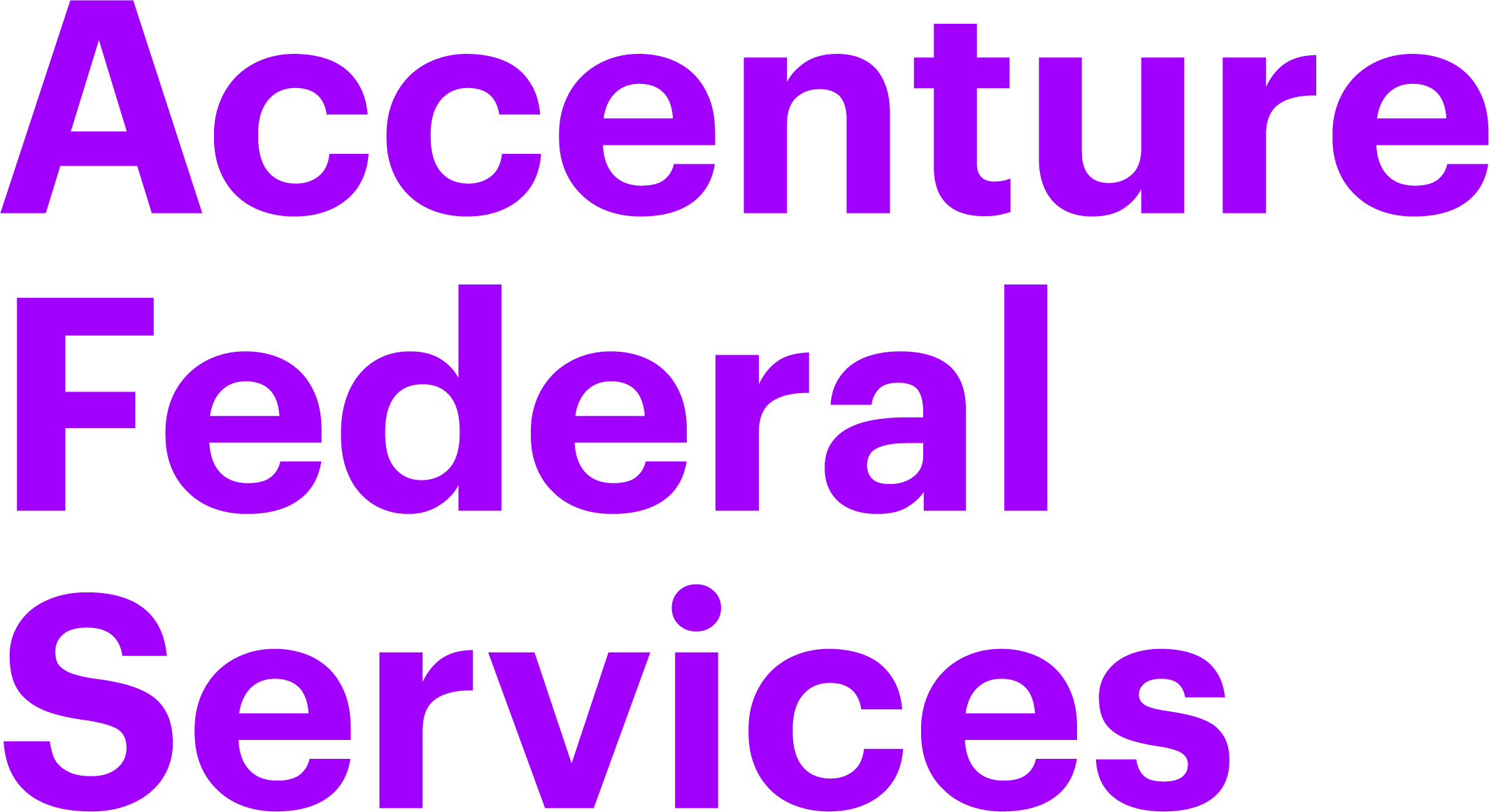57 percent of state CIOs say that mobile devices and apps are either a high priority or essential to their strategic agendas.
Presented by
Accenture Federal Services

More than half of respondents to the Accenture Digital Citizen Pulse Survey would use digital services—including mobile websites and apps—if offered by government agencies, especially for routine transactions. A majority also wants to conduct all their government business digitally in the future.
As this data suggests—and as people’s everyday experiences can attest—citizens and employees are embracing mobile technology. It is becoming an inherent part of how many people live their lives. But how do government agencies harness it to drive government transformation and deliver public service for the future?
This point of view explores mobility in government. What does the landscape look like? What influences should shape the future of mobility in government? As agencies pursue mobile strategy development, they are discovering that the biggest benefits from mobile government solutions come when agencies combine this technology with process transformation.
While the private sector has reinvented service delivery for on-to-go consumers in industries from financial services to retail, the pace of mobility adoption has been slower in the public sector. According to a 2012 National Association of State Chief Information Officers survey:
- Mobile services and mobility ranked fourth among the top 10 state CIO priorities for 2013.
- percent of state CIOs say that mobile devices and apps are either a high priority or essential to their strategic agendas.
What has held back mobile adoption? The Accenture CIO Mobility Survey 2012 of private and government IT executives reveals that security and cost concerns are primary barriers. Many organizations are in the early stages of mobile strategy development to drive government productivity.
They are looking to set priorities, establish governance, define technology standards and security requirements, as well as define mobile application development, user experience and content distribution strategies.
Government workers want an array of services on their mobile devices from training and business intelligence apps to time and expense and approvals apps. And as agencies compete with the private sector to attract and retain talent, providing mobile workforce tools is critical.
There is no doubt that going mobile is a big transformation. But it is a part of the future of government service delivery.
As governments evolve to mobility, people, process, technology and change management will come into play in delivering mobile government solutions. The first step is for agencies to identify priorities based on potential impacts to citizens and government effectiveness.
This future vision will help guide decisions around architecture, application development, standards, security and governance. Exploring the possibilities of government transformation—and experimenting along the way—is key to mobile enabling government services for the future.
Read “4 Ways that Mobility Can Transform Government Solutions” now.


